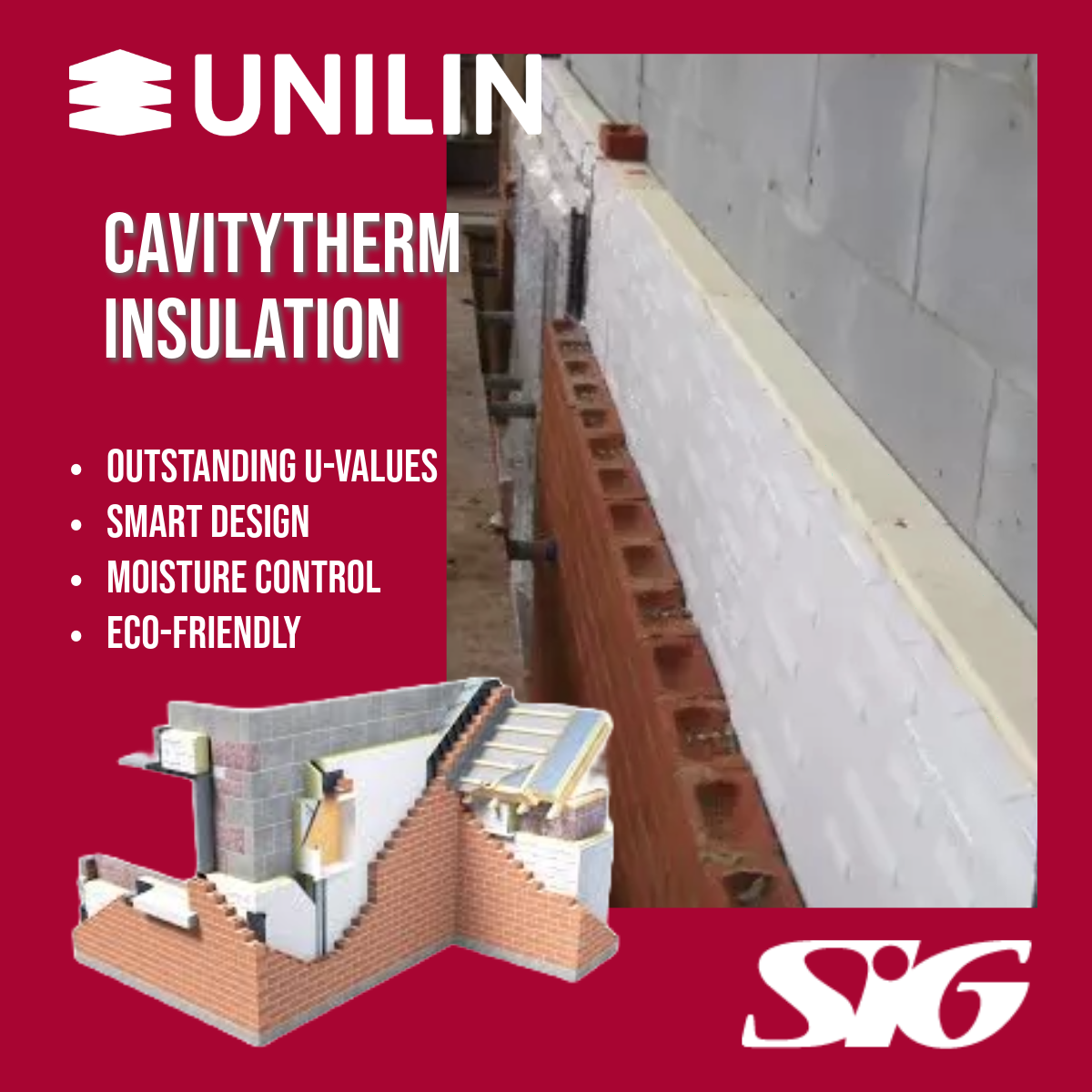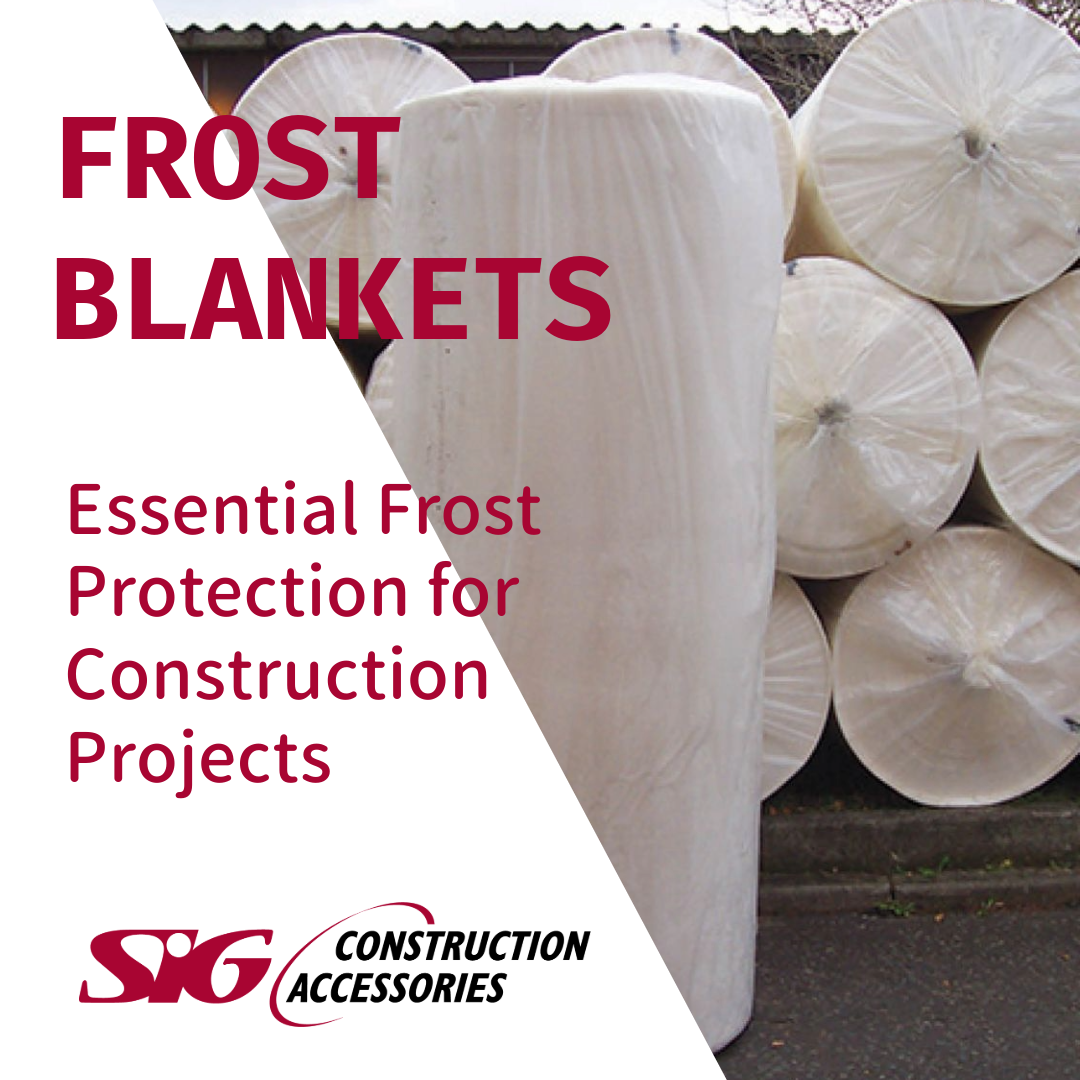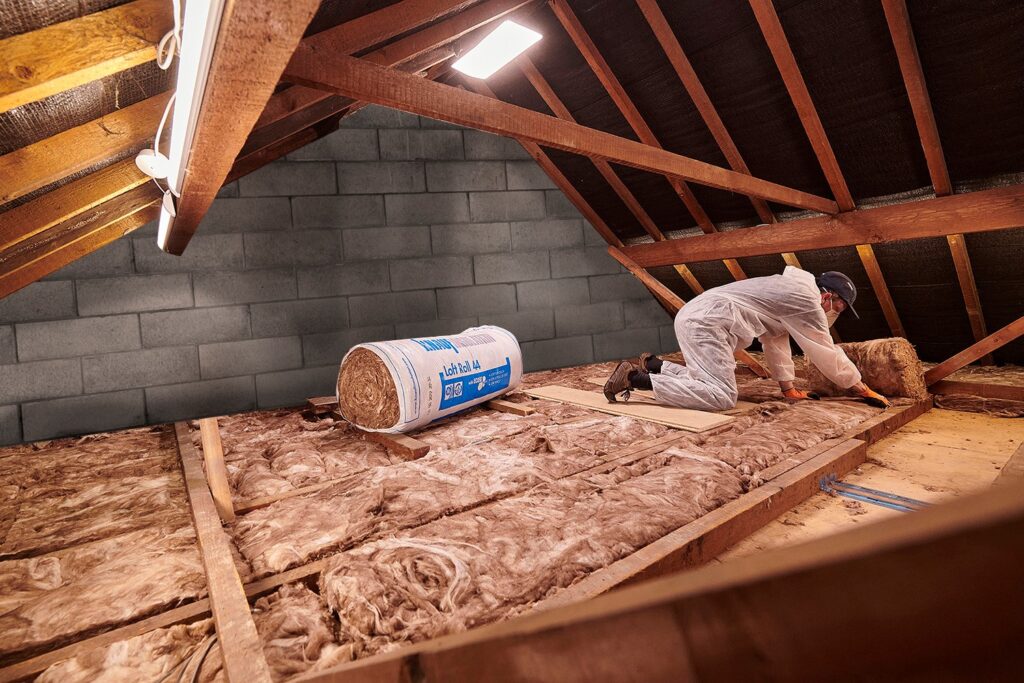 Since a quarter of our homes’ heat is lost through the roof, loft and attic insulation is a go-to solution for reducing how much heat escapes, which also lowers our energy bills.
Since a quarter of our homes’ heat is lost through the roof, loft and attic insulation is a go-to solution for reducing how much heat escapes, which also lowers our energy bills.
In fact, loft insulation is one of the most common types of insulation on the market and there are plenty of materials you can use to make an attic or loft insulation project a success.
If you plan on offering loft insulation installation services, here’s what you need to know first.
Things to Consider Before Getting Started
Loft insulation shouldn’t just be installed in any property. There are things to consider about the space before you agree to insulate it and aspects that might make you change the way you approach the insulation project or the material you choose. Here are a few.
Storage space
If the customer plans on using the loft for storage, you’ll need to lay boards over the joists, meaning insulating only the space between the joists won’t be adequate.
Instead, raise the level of the floor to allow you to fit enough insulation beneath the new floor level. You can do this one of two ways – by fitting timber battens across the joists or by buying purpose-built plastic legs that fit on the joists and support the new floor.
Just don’t forget to leave a gap for ventilation between the insulation and the boards and avoid compressing the insulation in the process.
Inaccessible spaces
Lofts and attics vary hugely in shape and size. Some attics are used as bedrooms, while others are inaccessible, so you can’t actually go up inside them. If you’re working on an inaccessible loft, you won’t be able to insulate it with traditional materials such as mineral wool insulation rolls.
Instead, you’ll need to look at insulation materials that can be blown into the space using specialist equipment, such as blown fibre and loose fill.
Damp spaces
Insulation and damp have a complicated relationship. Insulation rarely directly causes damp (although it can happen with certain materials/setups) but it can worsen existing issues.
This is because insulation not only makes a loft space cooler, but can also take up more space, leaving less room for ventilation to pass through.
If you’re insulating a space, discuss with the customer whether there’s an existing damp problem, whether it’s caused by a leak, lack of ventilation, or simply high levels of moisture in the air at the property.
Under no circumstances should insulation be installed in an area that’s already damp. Any damp, condensation, mould, or mildew should be fixed before insulation is installed.
Adequate ventilation
On the topic of insulation and damp, ventilation is the number one way to reduce damp in any home, so it’s one of the main things to consider before you get started on a loft insulation project.
The better air flows in and out of a home, the healthier it will be. When installing insulation, don’t block or seal any ventilation such as vents, airbricks, or grilles.
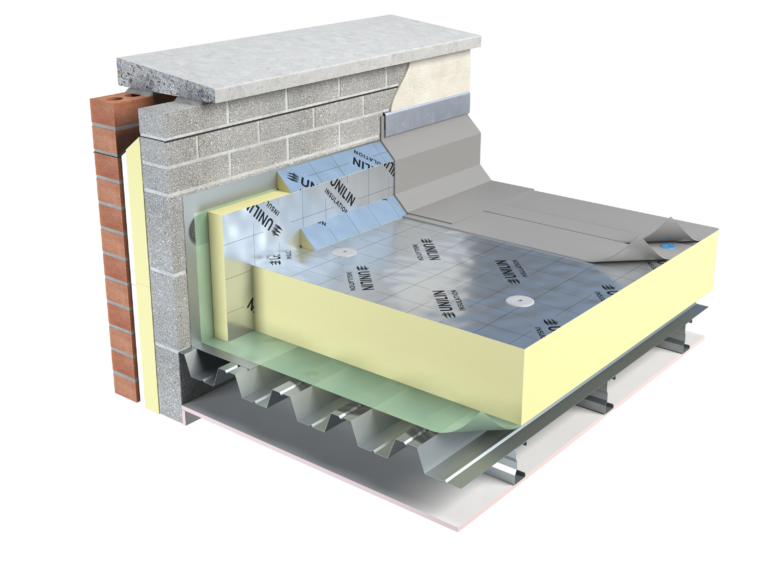 Flat roofs
Flat roofs
If you’re insulating a roof as well as a loft space, the process is slightly different for a flat roof. Rather than insulating the roof from below as you would with a pitched roof, you’ll need to install a layer of rigid insulation board above the roof.
You can either add a layer of insulation on top of the roof’s weatherproof layer or directly above the timber roof surface and then cover the insulation with a brand-new weatherproof layer. The latter is a good option for older roofs that need replacing anyway.
Does the Customer Want a Cold Roof or a Warm Roof?
When insulating a loft, you have two options – creating a cold roof or a warm roof. A cold roof is the most common and straightforward. Insulating the loft to create a cold roof simply means that the loft room itself will remain cold while the rest of the house of warmer. This type of insulation is most common in homes where the loft is used simply as a storage space.
Warm roof insulation, on the other hand, is installed when you want the loft to be used as a room, such as a bedroom or an office. This is also known as ‘room in roof’ insulation. The key difference between the two options is the positioning of the insulation.
Insulating a loft for storage involves installing insulation directly on top of the joists to the ceiling below. This keeps the rest of the room warmer, but the attic itself remains cold. For warm roof insulation, you must layer the insulation just underneath the roof. Doing so allows the heat from the rooms below to also travel into the attic room, allowing it to benefit from the warmth.
Insulating a loft for use as a room is more expensive and time-consuming than standard cold roof loft insulation. As a result, it’s important to discuss with your customer whether they really need warm roof insulation before going ahead.
Warm roof insulation also requires the use of different materials, such as rigid insulation boards, as opposed to the typical insulation rolls used in cold roof insulation.
Consider Which Insulation Material to Use
 Getting the right material makes a huge difference to the success of an insulation project. Seeking high-quality insulation materials guarantees your customers a longer lifespan and better thermal efficiency.
Getting the right material makes a huge difference to the success of an insulation project. Seeking high-quality insulation materials guarantees your customers a longer lifespan and better thermal efficiency.
Insulation rolls, made from materials like glass and rock mineral wool, have been shown to effectively improve a home’s energy efficiency, reducing energy costs and carbon footprints. Knauf and Rockwool both manufacture popular insulation rolls.
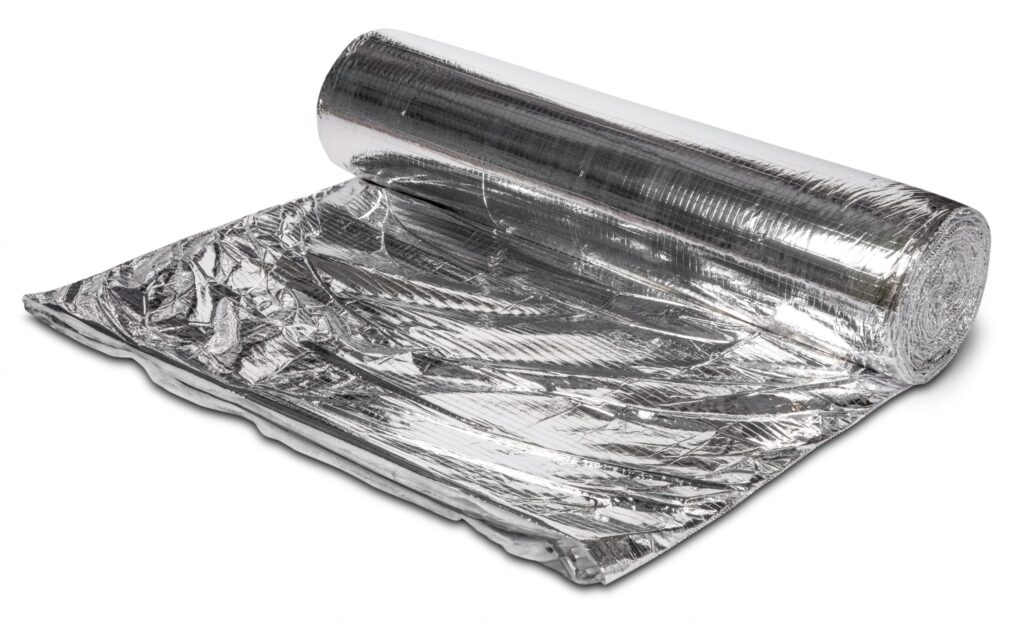 Roof insulation boards are manufactured by the well-known building material brand, Kingspan, while Unilin (formerly known as Xtratherm) offers a lightweight insulation solution that optimises U-Values and minimises intrusion into living space on various roof types.
Roof insulation boards are manufactured by the well-known building material brand, Kingspan, while Unilin (formerly known as Xtratherm) offers a lightweight insulation solution that optimises U-Values and minimises intrusion into living space on various roof types.
Multi-foil insulation doubles up as a form of vapour control, making it especially effective in homes that are prone to damp – YBS Insulation manufacturers a popular multi-foil solution. Not sure which one is best for your project? Our friendly team is here to help!
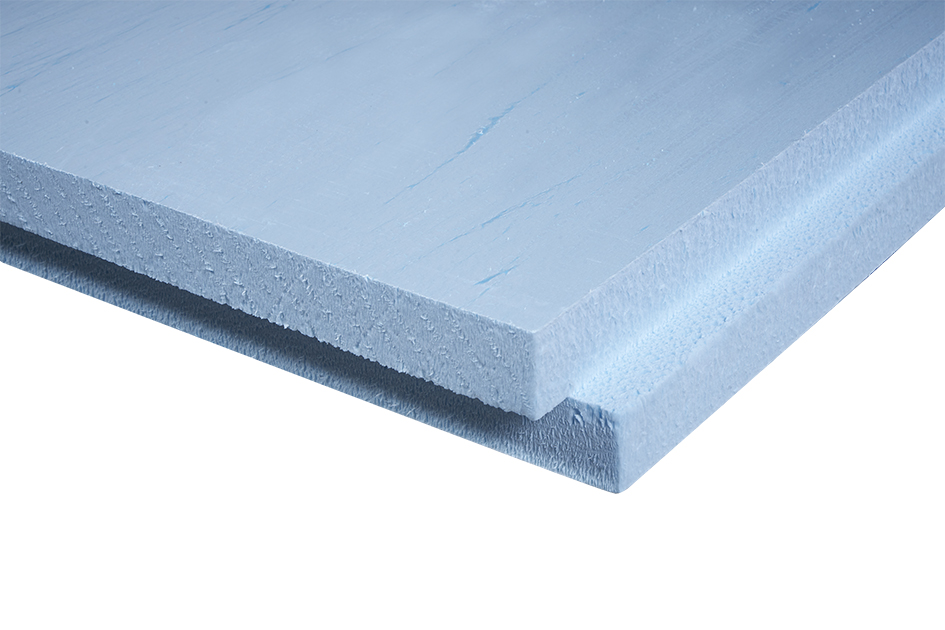 As well as the insulation itself, there are plenty of accessories that can boost performance, including breather membranes and vapour control layers. Not every insulation project will need to be accompanied by these extras, but they can be useful in the case of older or damp properties.
As well as the insulation itself, there are plenty of accessories that can boost performance, including breather membranes and vapour control layers. Not every insulation project will need to be accompanied by these extras, but they can be useful in the case of older or damp properties.
Which insulation you choose will be influenced by multiple factors, including how easy the loft is to access and whether there are any other reasons for your customer wanting insulation. If they live in a particularly noisy property, for example, they might request an insulation material that has acoustic properties.
Likewise, if fire safety is a concern for your customer, opt for a non-combustible material with an A1 classification.
Preparing the Loft
To make the insulation project as simple as possible, there are a few ways to prepare yourself, the loft, and the materials before getting started.
- Remove clutter from the loft. Where possible, advise your customers to remove all items from their loft before you get started. That way, it will be easier for you to access the space where the insulation will be fitted and it will save you time once you arrive at the site.
- Gather the necessary protective equipment. Many insulation materials can be harmful to come into contact with, including insulation rolls. As a result, you’ll need PPE like gloves and a mask before handling insulation and fitting it into the space.
- Measure the materials in advance. Where possible, measure and cut the insulation materials to fit in advance of the insulation to save time.
- Use a kneeling board. Staying safe when insulating loft spaces is a must. After all, the last thing you need is to be putting your leg through the customer’s ceiling! Ideally, you should use a plank as a kneeling board. The plank should straddle several joists so you can evenly spread your weight and avoid damaging the joist structure.
Don’t forget about the hatch!
Loft insulation is actually less effective if you don’t insulate the hatch, too. Doing so allows you to keep out draughts that can impede the thermal regulation effectiveness of your insulation. Therefore, stopping a draught from your loft (which will be colder as a result of insulation) with an airtight hatch is worth it.
See Your Success Soar With Guidance From the Experts
Every property is unique with its own set of needs and requirements, so choosing the right insulation material isn’t always as clear-cut as it seems.
Luckily, at SIG, we’ve not only got a comprehensive range of the best insulation materials in the business, but our expert team is always on hand to advise you on how to choose the best one for your project.
Whether you need suppliers, in-depth knowledge and advice, or both, we’re on hand to help. Take a look at Ireland’s premier supply of high-quality insulation materials today to guarantee your next project’s success.

